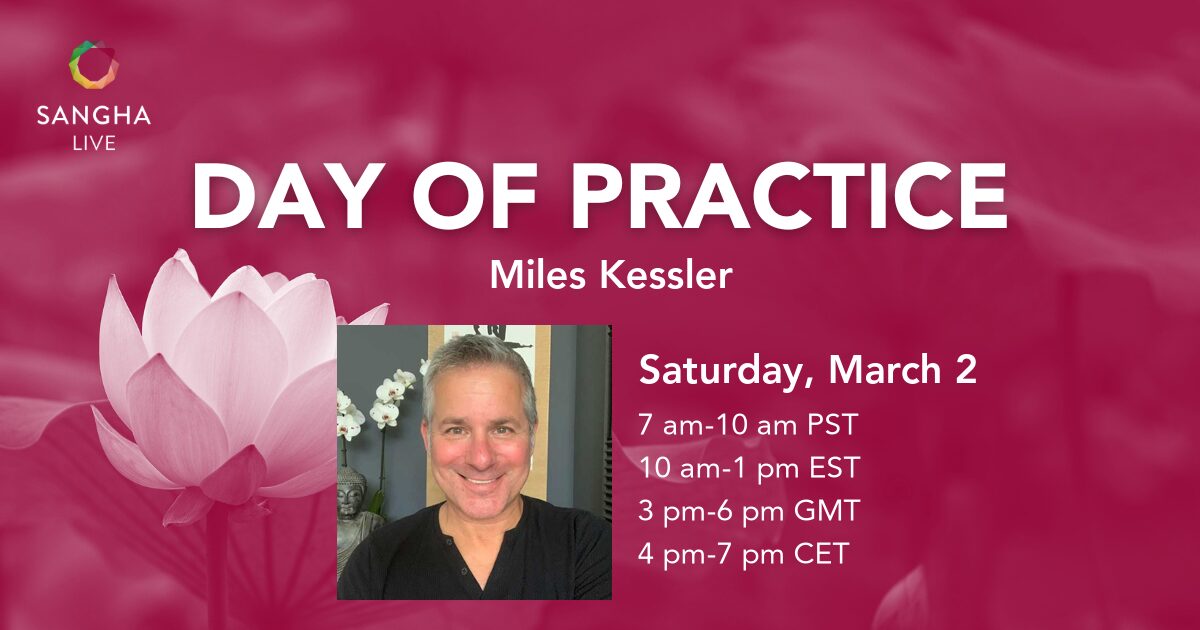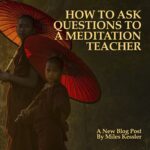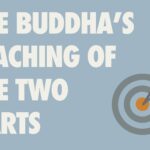Vipassana meditation is usually translated as “Insight Meditation” because the practice quite naturally triggers off a process of purification that develops progressively through stages of insight knowledge. With each stage, a meditator incrementally gains insight into the Dhamma or the ultimate reality. Thus “Insight Meditation”.

My own teacher, Sayadaw U Pandita would define the word Vipassana in a more practical way by looking at the compound. The first part, “Vi”, refers to the deepest Dhammas of the 3 universal characteristics – anicca (impermanence), Dukkha (unsatisfactoriness), and Anatta (non-self). The second part of the compound is “anupassana”, which means repeated contemplation.
From this perspective, Vipassana means “the repeated contemplation of the 3 universal characteristics”.

This latter definition of Vipassana has much utility in your practice because as the “eye of insight” gradually opens you will progressively see deeper into these 3 universal characteristics… directly in your own meditation. In fact, when you see into these “Dhammas” you are seeing into the ultimate reality.
HOW THESE 3 DHAMMAS APPEAR IN YOUR PRACTICE
The fact is that Aniccia, Dukkha, & Anatta are constantly cycling in experience, and as your practice deepens you will gain insight into this truth. However, even though the truth of the 3 characteristics are constant at all stages, depending on where you are at in your practice, one of the 3 characteristics will be more predominant.
In the early stages of the “path of purification”, anicca, or impermanence is the main feature (with a fair amount of dukkha mixed in!). The intermediate stages of the path peak with deep insight into dukkha (the so-called “dukkha-nana” stages). This is often referred to as the “Dark Night Of The Soul”. In the advanced stages of the practice, anatta is more predominant. This peaks with the insight knowledge stage of “Sankarupekka nana”, or equanimity towards all formations, where the practice will abid in selflessness in quite a remarkable way.
“JUST THE FACTS MA’AM” – SEEING BARE EXPERIENCE
It is not uncommon that early on, meditators will not yet understand the subtle ways that these 3 universal characteristics are arising in their practice. To help with this it’s important to shift from an “interpretation view” of your practice, and into a “phenomenological view” of your practice. As you observe experience, cultivate seeing the bare experience, just as it is, with no interpretive filters. Like the famous line from the old Detective TV show, “Just the facts ma’am”. The phenomenological view is simply seeing the arising phenomena as it is. Without preferences, associations, or interpretations.
ANICCA – IMPERMANENCE
Mindfully observing the bare experience, automatically leads you to see the 1st characteristic of annica. This is the universal truth that experiences are in a constant state of flux and change. You will see that nothing in your experience is solid or stable, but rather always in some state of change. Eventually, this truth of impermanence will penetrate to the level of consciousness and you will begin to feel that on a deeper level, the constantly changing nature of experience is unsettling. This is the arising of the 2nd universal characteristic.
DUKKHA – UNSATISFACTORINESS
As the phase of impermanence matures it naturally leads to the arising of insight into the truth of unsatisfactoriness. Not only is dukkha unsatisfying, but it can also be quite challenging when moving through this phase of the practice. The dukkha phase is the transformational fire of the purification process. Your meditation practice will often get destabilized in this phase due to the physical and mental unpleasantness and the practice can collapse. Many meditators even quit when their practice is in the dukkha phase because of the unpleasantness.
In the dukkha phases, you may find yourself needing to re-gather your energy and restart the practice again, and again. However, with great patience, reminding yourself that you are seeing the truth, applying any necessary self-care, and cultivating tolerance towards pain and suffering, your practice will gradually move forward and through the dukkha phase, into the next, liberating phase of anatta.
ANATTA – NON-SELF
Anatta is the liberating experience of selflessness. It’s liberating because as you cycle through anatta, your experience will become lighter, easier, and more effortless. You will experience an energetic release and an expansive openness. Your physical pains and mental stress greatly lessen in the anatta phase and even disappear in certain stages of the practice. Your mind will be less occupied with the usual physical discomfort and exhausting mental loops, and effortlessness arises in simply being mindful moment by moment. This is the deeper insight into anatta in your practice.
THE DHAMMAS THAT TRANSFORM
Walking this “Vissudhi Magga”, or “Path Of Purification”, is a progressive gaining of insight into these 3 dhammas. As I mentioned above, some stages of insight will be characterized more by impermanence, some will be characterized more by unsatisfactoriness, and some will be characterized more by non-self. That’s the macro view.
But the micro view is that these 3 universal characteristics are constantly present below the threshold of perception. As your insight grows you will see that these 3 dhammas are cycling all the time. Even in one single breath.
Progressive insight into these 3 dhammas is actually what purifies the mind and sets you on a course toward a transformation of consciousness. “The repeated contemplation of the 3 universal characteristics” is the transformational key to your Vipassana meditation.







Please note: I reserve the right to delete comments that are offensive or off-topic.